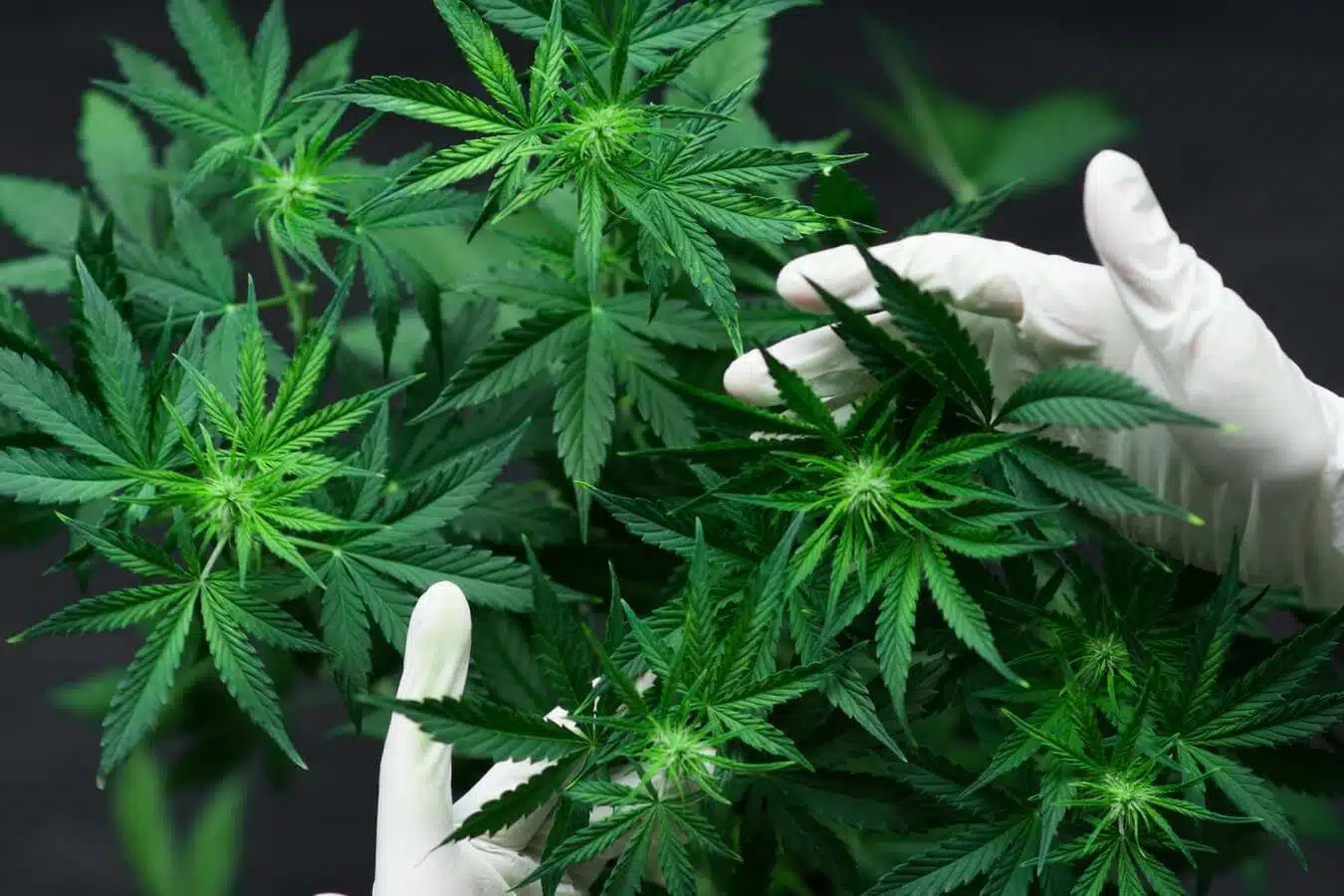Imagine a world where natural compounds can help alleviate chronic pain, reduce inflammation, and even combat cancer. Welcome to the world of cannabinoid-based therapies, a revolutionary approach to healthcare that’s transforming the way we treat various conditions. In this article, we’ll delve into the science behind cannabinoids, their therapeutic potential, and the future directions of this groundbreaking field.
What are Cannabinoids?
Cannabinoids are naturally occurring compounds found in the cannabis plant. To date, over 100 cannabinoids have been identified, each with unique properties and potential therapeutic applications. These compounds interact with our body’s endocannabinoid system (ECS), influencing various physiological processes.
The Endocannabinoid System (ECS)
The ECS is a complex network of receptors, chemicals, and metabolic pathways that regulates various physiological processes. It plays a crucial role in maintaining homeostasis, influencing; Pain perception, Mood and emotional regulation, Memory and learning, Metabolism and energy balance, and Immune system function.
How Do Cannabinoids Work?
Cannabinoids bind to receptors in our body, triggering responses that can help:
- Reduce pain and inflammation
- Combat anxiety and depression
- Regulate sleep and appetite
- Even combat cancer cells
Cannabinoid-Based Therapies: A New Approach
Cannabinoid-based therapies harness the power of cannabinoids to develop innovative treatments for various conditions.
- Chronic pain management
- Inflammatory disorders
- Mental health conditions
- Cancer treatment
The Science Behind Cannabinoids
Cannabinoids interact with our body’s endocannabinoid system, which regulates various physiological processes. Understanding this science is key to unlocking the full potential of cannabinoid-based therapy. Research has identified several cannabinoid receptors, including:- CB1 receptors (primarily found in the brain and nervous system) and CB2 receptors (primarily found in immune cells and peripheral tissues)
CBD vs. THC: What’s the Difference?
CBD (cannabidiol) and THC (tetrahydrocannabinol) are two prominent cannabinoids. CBD offers therapeutic benefits without psychoactive effects, while THC produces the “high” associated with cannabis.
Cannabinoid-Based Therapies in Action
Real-life examples demonstrate the potential of cannabinoid-based therapies:
- Epilepsy treatment: CBD-based therapies have shown significant reductions in seizure frequency
- Cancer pain management: THC-based therapies have improved pain relief and quality of life
- Anxiety and depression relief: CBD-based therapies have demonstrated anxiolytic and antidepressant effects
Challenges and Future Directions
While cannabinoid-based therapies hold great promise, challenges remain:- Regulatory frameworks- Clinical trials and research- Public education and awareness
Conclusion
Cannabinoid-based therapies represent a groundbreaking approach to healthcare, offering new hope for various conditions. As research continues to evolve, we can expect more innovative treatments to emerge. Stay tuned for the exciting developments in this field!
